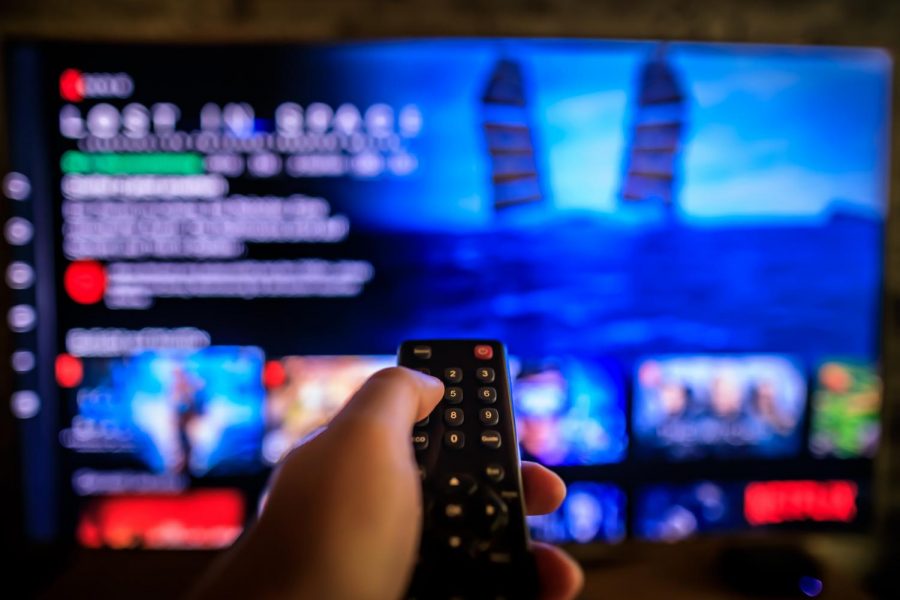Japanese anime ‘Attack on Titan’ becomes ‘most in demand’ show in U.S.
March 1, 2021
This year has been unlike any other in terms of media consumption around the world. Media consumption rose by over 1 billion hours as the weeks passed during the COVID-19 pandemic. This increase in consumption put an emphasis on streaming services and weekly T.V., according to Nielsen Global Media. With movie studios and directors pushing back movies in avoidance of at-home releases until recently.
From streamable shows like “WandaVision” and “The Mandalorian,” re-watchable favorites like “Game of Thrones” and “The Office” to weekly television like “Saturday Night Live,” it’s safe to say T.V. shows have been in high demand.
However, out of those aforementioned shows, none have been more in demand in the U.S. than the hit anime series, “Attack On Titan.”
“Attack On Titan” was the most popular show in the U.S. during the week of Jan. 31 to Feb. 6., with “110.5 times the demand of the average series in the U.S.,” moving up 10.5% from its previous week, according to Parrot Analytics.
0.2% of all shows in the market have this level of demand, according to Parrot Analytics.
The show’s 30-day average in viewership has steadily grown 27.5%, according to a seperate Parrot Analytics study that provides a show specific overview.
Based on the manga of the same name, the post-apocalyptic series debuted in 2014 in the U.S. The series follows young protagonist, Eren Jaeger, and his friends as they battle against all odds to avenge his mother’s death and bring humanity back from the brink of extinction.
Fans of the show will find it no surprise the show has reached such success as viewership and even virtual “Attack On Titan” viewing parties have sprouted.
“[Attack On Titan’s] rise in popularity is no surprise,” said Edwin Perez-Hernandez, a student at NIU and avid “Attack On Titan” fan. “When I saw the first episode, I was blown away, and once the ending scene played I was awestruck. I would honestly rate it a 10/10.”
“Attack on Titan” has also garnered critical acclaim, as it has remained a renowned series with an IMDB rating of 8.9, and a Rotten Tomatoes score of 94%.
It’s also worth noting that “Attack On Titan” is not the only anime to be listed in the recent demand rankings, with fellow anime “My Hero Academia” also making the cut in fourth place.
“I think it’s a confluence of two things,” said Randy Caspersen, associate professor in media studies. “I think animation itself has become more accepted. Nowadays, animation has become more popular, and we have so many more animated films than we used to so people are just used to animation.”
The familiarity with animation is coupled with the fact that comic book culture and its aesthetics — specifically panel-by-panel comic books —which anime often draws from, and vice versa, have gained more mainstream popularity, Caspersen said.
Putting into perspective the rise of Japanese anime in mainstream Western culture, things such as cosplay and comic book culture and increased access to streams of dubbed or subbed animation and how hobbies like this have aided the expansion of anime.
“The fact that [Attack On Titan is] sort of a returning pop culture phenomenon is sure to set it apart massively from any other shows coming out of Japan,” said Collin Dempsey, vice president of the NIU Anime Association.
In nearly all categories, “Attack On Titan” has grown and excelled throughout the years since its debut. Whether in fanfare, viewership or critical acclaim, “Attack On Titan” has managed to garner positive recognition.
In an era with anime on the rise, and “Attack On Titan” in its final season, there’s never been a better time to tune in.







